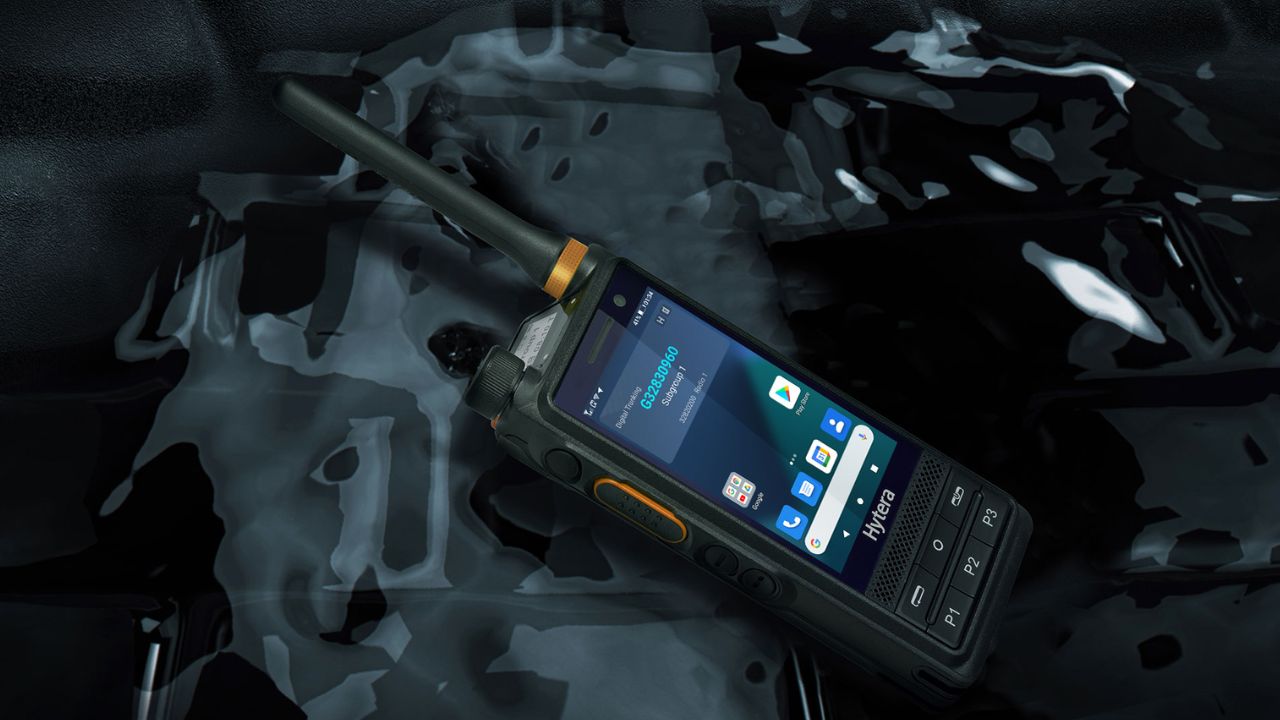Walkie-talkies are handheld radios that are tiny enough to fit in your hand and are hence portable. They have a speaker, microphone, and antenna on top, making them somewhat similar to cordless phone handsets. They are made so that people may talk to each other, and the speaker is loud.
Pressing a button, one person talks and then releases it when done. If the other person wants to respond, they use the same method on the gadget. That’s the fundamentals of using a walkie-talkie. Walkie-talkies are useful for both personal and professional purposes, and there are numerous reasons to use one for work.
First of all, the gadgets provide easier and more productive inter-employee communication, saving both time and shoe leather. Visit hytera for more information about walkie-talkies. For instance, construction organizations stand to gain from the devices since they enable workers in one section of a project site to communicate with personnel in another, as well as the health and safety advantages of promptly and effectively alerting other workers to any issues.
Selection of Walkie Talkie over Other Devices
There are many different communication tools available in the modern digital age, from social media platforms to messaging applications and smartphones. In this day of abundant technology, walkie-talkies remain an enduring and dependable means of instantaneous communication.
This article examines the distinct benefits of using walkie-talkies instead of other technology, illuminating the particular situations in which they work best and underscoring the factors that contribute to their ongoing popularity.
Instant and Direct Communication
Walkie-talkies allow for instantaneous communication, doing away with the occasional lag time found in emails or messaging apps. In time-sensitive circumstances where prompt reactions are critical, this immediacy is essential.
Walkie-talkies create a direct line of communication between users, in contrast to cell phones, which depend on network availability and are susceptible to congestion. Direct and instantaneous communication is possible at the touch of a button, eliminating the need to dial a number or wait for a call to be connected.
Reliability in Challenging Environment
Walkie-talkies are not dependent on cellular networks because they run on radio frequencies. They can operate in remote locations, during natural disasters, or in scenarios where network infrastructure may be jeopardized because of their independence.
Walkie-talkies are made to last; they can endure being dropped accidentally, being handled roughly, and in severe weather. Because of their durability, they can work in harsh conditions where other cell phones could break.
Group Communication and Coordination
With the availability of numerous channels and privacy codes, walkie-talkies enable users to establish private networks within groups. This function allows for autonomous coordination among several teams or individuals and guarantees secure communication that is free from interruption.
Walkie-talkies are useful for group conversations because they allow multiple people to talk and listen at once. Because of this characteristic, which improves collaboration, they are perfect for team-based activities that require constant coordination.
Extended Battery Life
Designed with efficiency in mind, walkie-talkies have a longer battery life than smartphones or other communication devices. Their low power consumption stems from their purpose-driven functionality and straightforward design, which guarantee extended battery life on a single charge.
Hands-Free Option
Many attachments, such as microphones and headsets, are compatible with walkie-talkies. Users can converse and carry out other operations with the help of these devices that facilitate hands-free operation. This is a very useful tool for outdoor activities or professional settings. For users who need to communicate continuously without holding the device, walkie-talkies with hand-free operation are an essential feature.
Users can efficiently interact while freeing up their hands for other chores thanks to this functionality, which is frequently made possible via peripherals like headphones or Bluetooth devices. People can send and receive messages without ever holding the walkie-talkie by using an appropriate headset or a push-to-talk button.
Cost-Effectiveness
For enterprises and organizations looking to maximize communication options within budgetary limits, walkie-talkie cost-effectiveness is crucial. These gadgets provide an affordable substitute for cell phones, doing away with the requirement for costly data plans and recurrent monthly costs. Walkie-talkies use radio frequencies to enable instantaneous, cost-free short-range communication.
Summary
Because of their distinct benefits, walkie-talkies remain relevant and popular in a world where communication technologies abound. They differ from other devices due to their quick and clear communication, dependability in difficult situations, capacity to help with group coordination, long battery life, hands-free operation, privacy, and affordability.
